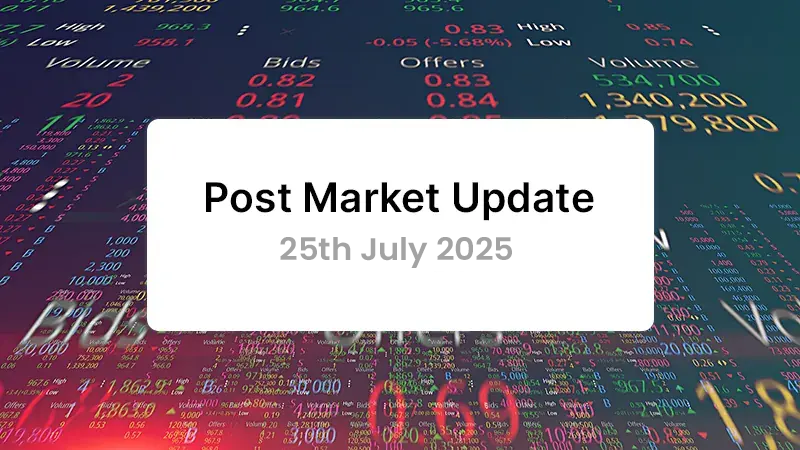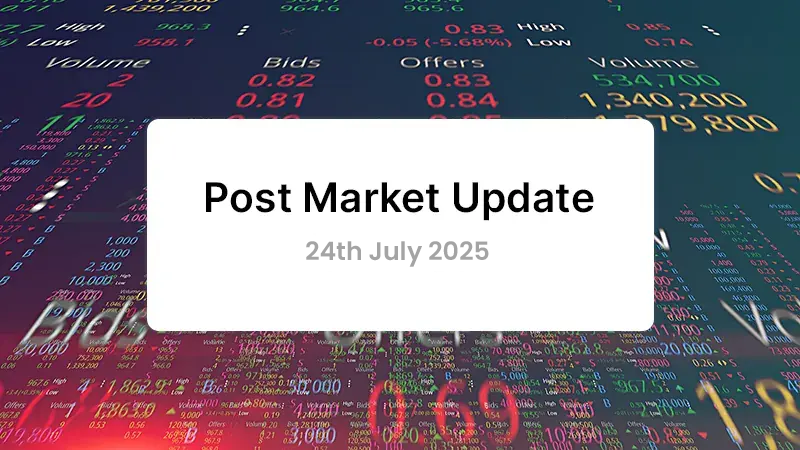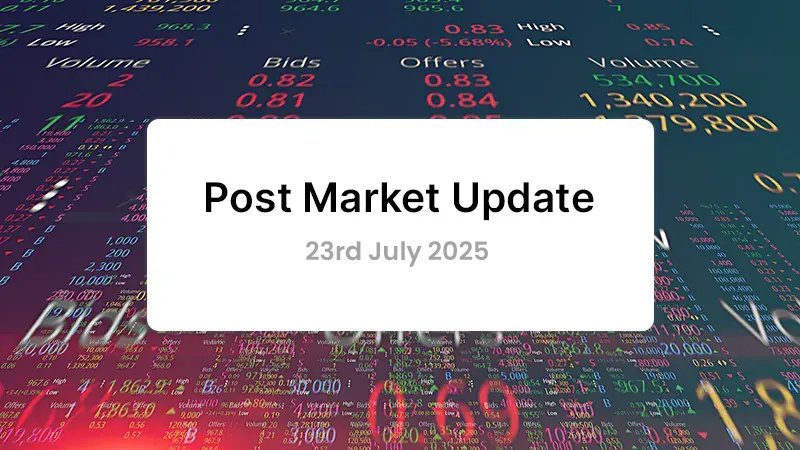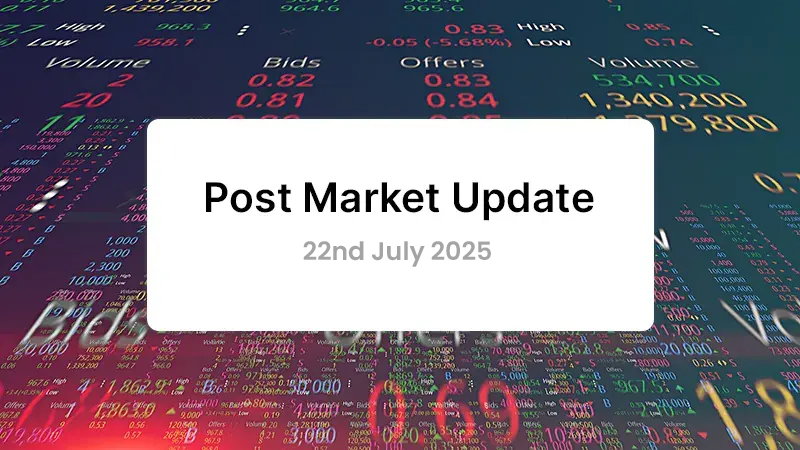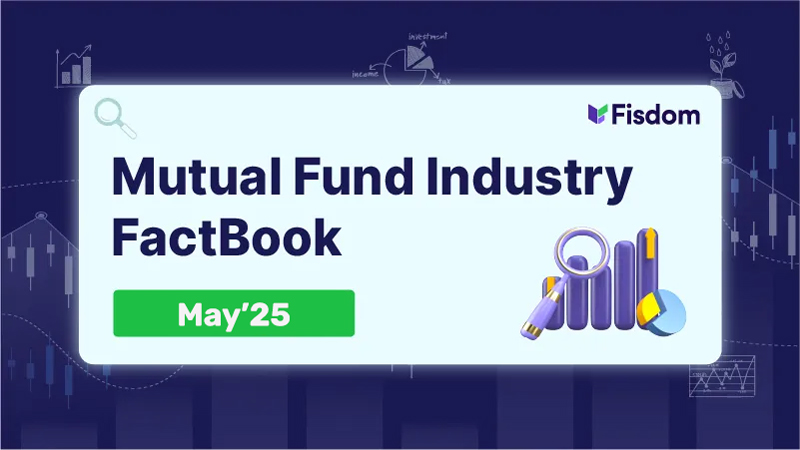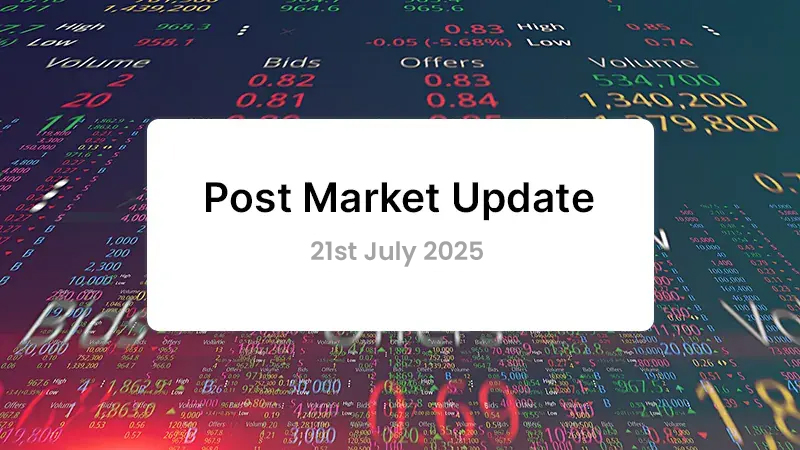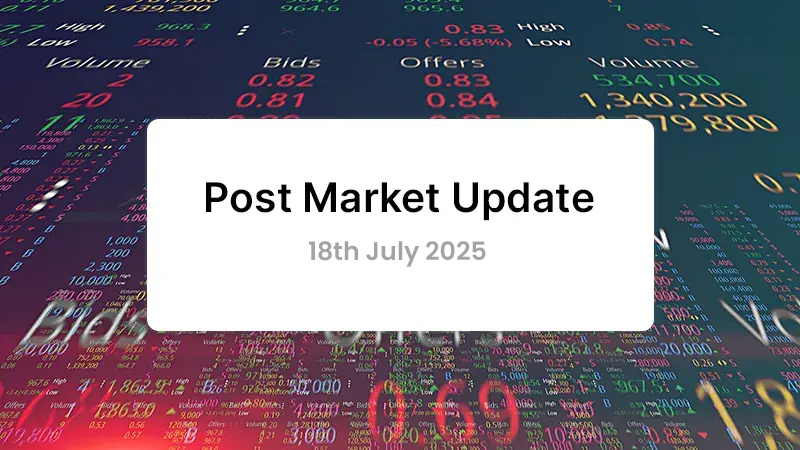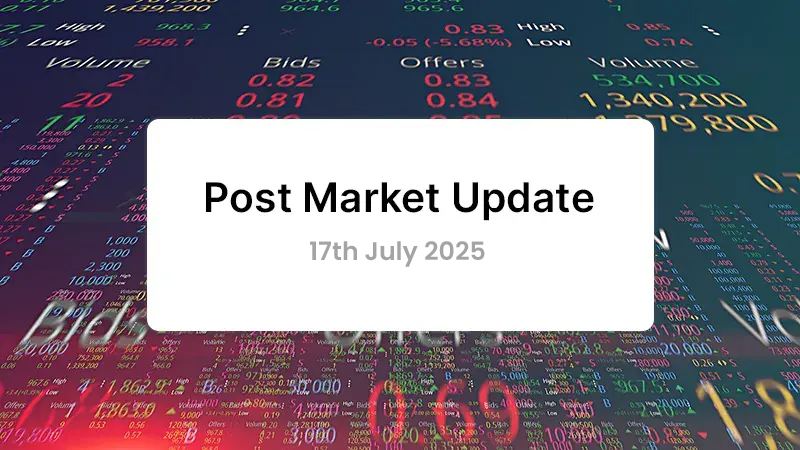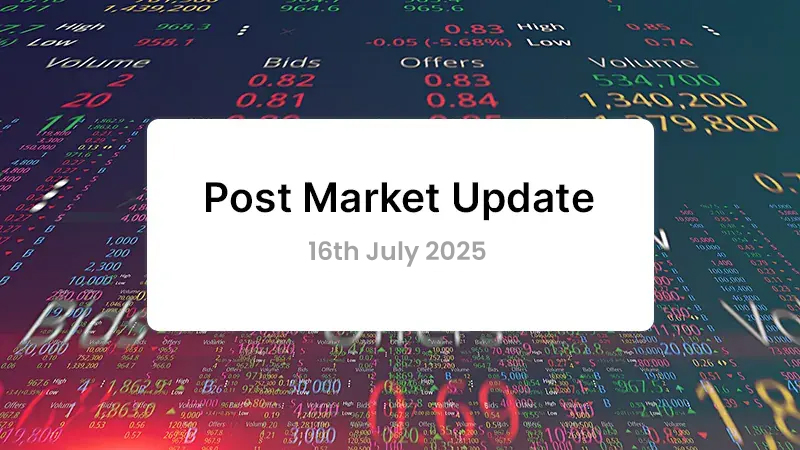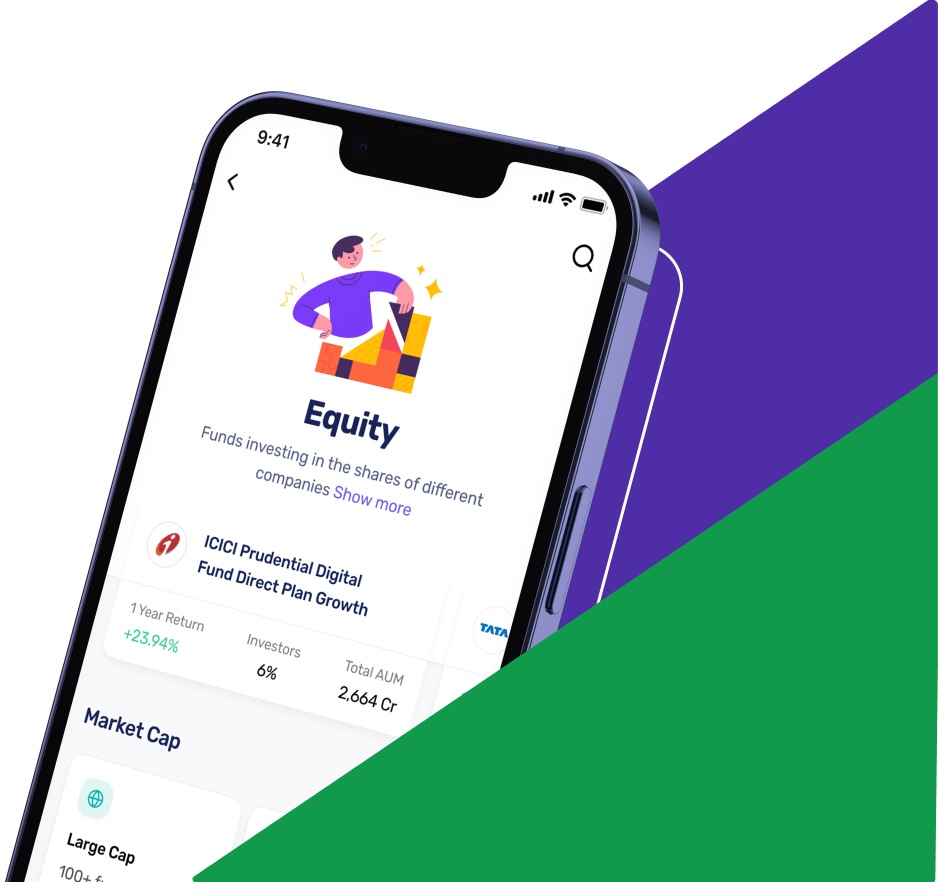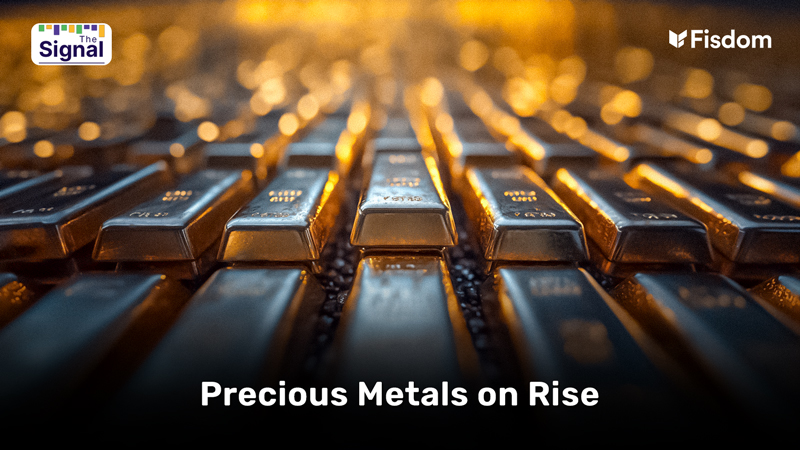
The rally in gold and silver has captured significant attention from investors globally, reflecting a complex interplay of economic, geopolitical, and monetary factors. Over the past six years, gold, in particular, has demonstrated an impressive ascent, with MCX gold prices soaring over 200%, transitioning from approximately ₹32,000 per 10 grams to a notable ₹97,800 per 10 grams. This remarkable performance underscores precious metals’ enduring appeal as safe-haven assets amidst turbulent times.
Factors Fueling the Gold Rally
The substantial increase in gold prices can be attributed to a confluence of global macroeconomic shocks and policy responses. The onset of the COVID-19 pandemic, for instance, triggered unprecedented levels of uncertainty, prompting investors to flock to gold as a traditional store of value. This period was further characterized by ultra-loose monetary policies adopted by central banks worldwide. These policies, involving slashed interest rates and extensive quantitative easing programs, injected vast amounts of liquidity into financial systems. While intended to stimulate economies, such measures also fueled concerns about inflation and currency debasement, enhancing gold’s attractiveness as a hedge against the erosion of purchasing power.
Beyond monetary policy, escalating geopolitical tensions have played a pivotal role in strengthening gold’s allure. Conflicts such as the Russia-Ukraine war and the ongoing Middle East conflict, alongside rising US tariff wars, have heightened global instability. In response, central banks globally have increasingly diversified their reserves, turning to gold as a reliable alternative to traditional reserve currencies like the US dollar. This strategic shift is indicative of a broader move towards de-dollarisation, where countries are seeking to reduce their reliance on the US dollar, contributing to gold’s emergence as a stable reserve asset in an increasingly multi-polar currency landscape.
Furthermore, a weakening confidence in the US dollar, partly driven by the escalating US debt-to-GDP ratio, has made gold a more compelling store of value for investors seeking stability. Domestically, for Indian investors, a structurally weak rupee has amplified the performance of gold prices in local currency terms, making the precious metal even more lucrative. Emerging demand channels also signify a growing institutional interest in gold. Notably, China’s insurance sector, for example, has begun allocating a portion of its Assets Under Management (AUM) to gold, indicating a broader acceptance and integration of gold into diversified investment portfolios.
Silver’s Performance Amidst the Rally
While gold has commanded the spotlight, silver, often referred to as ‘poor man’s gold’, has also exhibited notable strength. In 2025 alone, silver witnessed a significant surge of nearly 35%. Although specific long-term price predictions for silver akin to gold were not detailed, its substantial short-term gain highlights its responsiveness to similar market dynamics that drive gold prices, including safe-haven demand and industrial applications. Silver benefits from both its monetary appeal and its critical role in various industrial sectors, including solar panels and electronics, which further supports its demand during periods of economic expansion.
Future Outlook for Gold
Looking ahead, continued upward trajectory for gold prices is anticipated. The factors that have propelled its recent rally are expected to persist, if not intensify. Analysis suggests an optimistic outlook, with predictions indicating that gold prices could reach as high as ₹2,25,000 per 10 grams within the next five years, implying an impressive compound annual growth rate (CAGR) of 18%.
Other forecasts suggest gold trending towards ₹1,35,000 to ₹1,40,000 per 10 grams over the next five years, with a major floor level established around ₹75,000-72,000 per 10 grams. This indicates a general consensus regarding gold’s positive future prospects, albeit with varying degrees of bullishness. The underlying drivers, including persistent geopolitical instability, ongoing efforts towards de-dollarisation, inflationary pressures, and continued central bank demand, are expected to provide a robust foundation for gold’s future price appreciation.
Conclusion
The gold rally of the past six years is a testament to its enduring role as a critical asset in times of economic uncertainty and geopolitical flux. Driven by a combination of global macroeconomic shifts, strategic central bank actions, and evolving investor confidence in traditional currencies, gold has not only delivered substantial returns but is also poised for continued growth. As the global economic landscape remains dynamic and complex, precious metals like gold and silver are likely to retain their importance as essential components of a diversified investment portfolio, offering both a hedge against volatility and potential for significant capital appreciation.
Market this week
| 21st July 2025 (Open) | 25th July 2025 (Close) | %Change | |
| Nifty 50 | ₹ 24,999 | ₹ 24,837 | -0.6% |
| Sensex | ₹ 81,919 | ₹ 81,463 | -0.6% |
Source: BSE and NSE
- Indian equity indices extended losses for the fourth consecutive week ended July 25, marking the longest weekly losing streak of 2025 and the first such trend since October 2024.
- The week witnessed heightened volatility amid concerns over the India-UK Free Trade Agreement (FTA), mixed earnings reports, continued foreign outflows, and uncertainty around the US-India trade deal.
- Sector-wise performance was largely negative: Nifty Media declined 5.7%, Nifty Realty fell nearly 5%, Nifty IT dropped 4%, Nifty Oil & Gas and FMCG indices slipped 3.5% each.
- Meanwhile, Nifty Bank, Pharma, and Private Bank indices ended the week with marginal gains.
- Foreign Institutional Investors (FIIs) remained net sellers for the fourth straight week, selling equities worth Rs 13,552.91 crore.
- Domestic Institutional Investors (DIIs) continued their buying momentum for the 14th consecutive week, purchasing equities worth Rs 17,932.45 crore, partially offsetting FII selling.
Weekly Leaderboard
| NSE Top Gainers | NSE Top Losers | ||||
| Stock | Change (%) | Stock | Change (%) | ||
| Eternal | ▲ | 20.7% | Nestle | ▼ | -8.0% |
| ICICI Bank | ▲ | 3.6% | Trent Ltd | ▼ | -6.2% |
| Cipla | ▲ | 3.4% | Reliance Industries | ▼ | -5.7% |
| HDFC Life Insurance | ▲ | 3.1% | Tech Mahindra | ▼ | -5.6% |
| Hindalco Industries | ▲ | 2.6% | IndusInd Bank | ▼ | -5.3% |
Source: BSE
Stocks that made the news this week:
Hexaware Technologies shares fell 6% to Rs 779 on July 25 after the company reported a muted performance for the April–June 2025 quarter. Revenue in constant currency terms rose just 1.3%, missing Street expectations of 2.5%. A significant jump in other expenses — up from Rs 8.7 crore to Rs 142 crore — impacted profitability. These expenses included customer-related provisions, ERP transformation costs, acquisition expenses, and a contract impairment from an earlier acquisition.
Indian Energy Exchange (IEX) rebounded sharply on July 25, surging over 12% in early trade after a steep 30% decline in the previous session. The gains were supported by a strong Q1 FY26 earnings performance and value buying at lower levels. The company reported a 21% year-on-year rise in standalone net profit to Rs 113 crore, while revenue from operations increased 13% to Rs 140 crore. Operating expenses also rose 9% to Rs 32 crore.
Rural Electrification Corporation (REC) traded higher on July 25 after announcing strong Q1 FY26 results and receiving bullish commentary from brokerages. The Maharatna PSU posted a 29% year-on-year increase in net profit to Rs 4,466 crore, with revenue from operations growing 13% to Rs 14,737 crore. The company also declared its first interim dividend of Rs 4.60 per share, with a record date set for August 1

